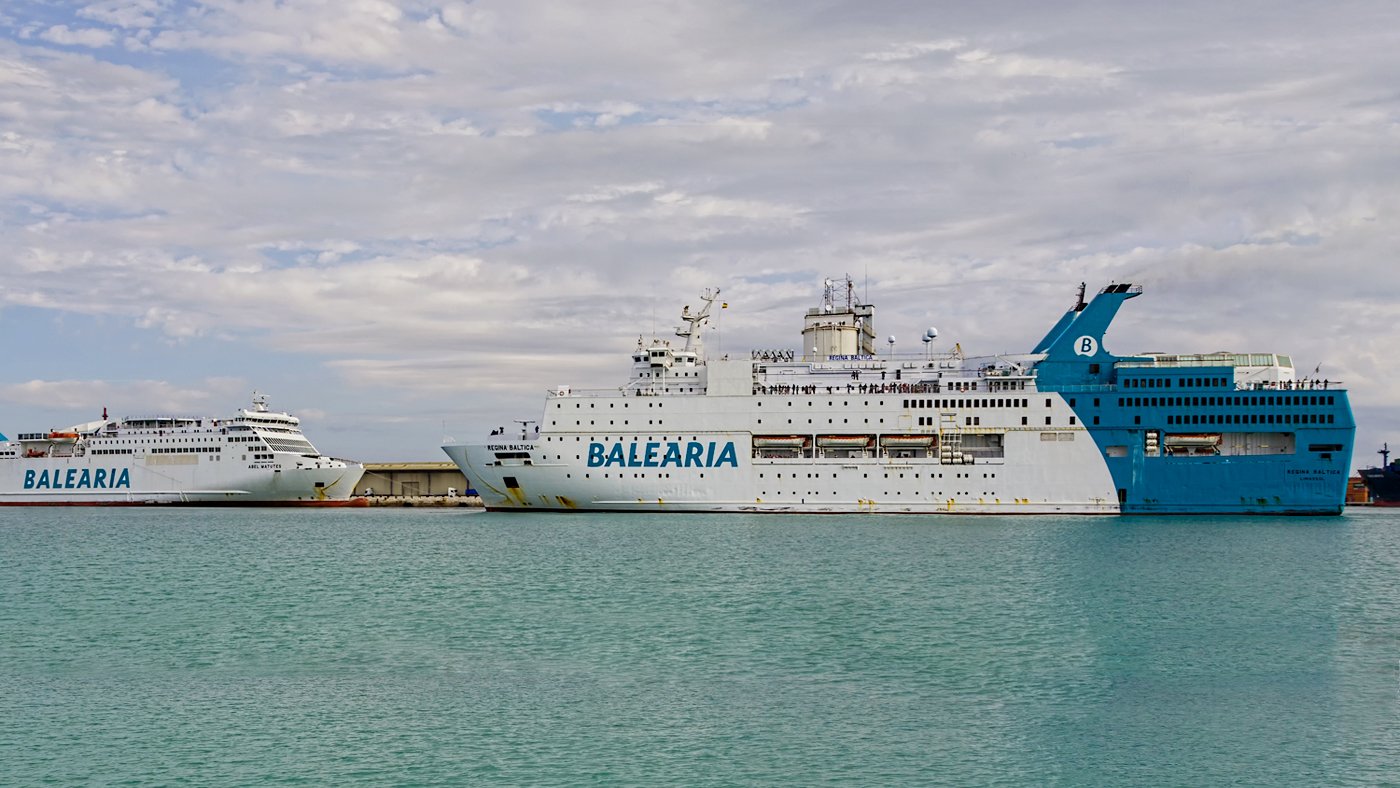ELECTROFUELS: DECARBONIZATION OF MARITIME TRANSPORT
Nowadays most of the ships in the world are propelled by diesel engines powered by liquid fuel, the so-called "marine diesel oil". Therefore, in the search for alternative solutions to decarbonize the oceans, the race has begun to find clean alternative fuels that can replace the existing ones.
As a result of this search, in recent years there has been much talk of electro-fuels. Ammonia, methanol, and even hydrogen itself, stand out as future options. But for the moment we are far from that possible future reality, and today most merchant ships are propelled by traditional diesel engines burning "marine gas oil": either heavy fuels (HFO), low fuels (MDO), or very low sulfur fuels (LSHFO).
Some of these engines are dual, burning alongside diesel, LNG (liquefied natural gas), or even methanol on some vessels; but these are solutions that could be considered "transitional", which do not solve the problem of CO2 emissions.
EXISTING PROPULSION OPTIONS
Currently ships often use a type of fuel that contains high levels of harmful chemicals and particulates. The resulting emissions have high levels of nitrogen oxides (NOx), sulfur oxides (SOx), carbon monoxide and carbon dioxide (CO, CO) and a high level of particulate matter (PM); and the concentrations vary according to the position, movement and speed of the ship. The reason for their widespread use is based on the fact that these fuels are easy to transport at atmospheric pressure and at ambient temperature, as they are easily transferred through pipelines, and are well adapted to the available spaces inside ships, with a high utilization of tank volume.
In the near past, natural gas in its liquefied form, the famous LNG, was the preferred fuel, and today there are more than five hundred ships powered by this fuel, not counting pure methane tankers. But as it cannot be a future option, both methanol and hydrogen itself are arousing the interest of some of the players involved in the maritime sector's energy transition.
These are two very different solutions, because while hydrogen requires a greater investment for the construction of the fuel cells that would electrically propel the ship, the use of methanol (or even the mixture of various electro-fuels, such as ammonia mixed with methanol) could be carried out using traditional engines, adapted to burn liquid fuels with physical or chemical properties similar to marine gas oil, but artificially manufactured, with CO2 extracted from the atmosphere.

We must not forget that methanol must be obtained in a green and clean way. It would be useless to obtain methanol in the current way (via LNG, for example), because it would not meet the decarbonization conditions set by the IMO. We must manufacture "e-methanol".
Therefore, apart from the possible use of hydrogen as fuel in cells, occupying large volume and space due to the low density of hydrogen, it appears as a simpler solution that several of the existing biofuels and e-fuels other than hydrogen, could in turn be used as hydrogen carriers, to facilitate transport, and subsequently extract the hydrogen they contain through so-called reforming processes (similar to the regasification of LNG).
Consequently, and summarizing, from the point of view of ship propulsion technology, there would be two solutions: hydrogen, or electro-fuels.
CONCLUSIONS
To conclude I would like to remind that we should not forget that all these new fuels will be very dangerous and toxic (hydrogen liquefies at -253ºC, an even more extreme temperature than LNG), so it will be very important to carry out safety studies on board.
The world's maritime fleet is mainly powered by diesel engines running on marine fuel oil, but there are now also ships powered by LNG, and next year large ships powered by methanol or other liquid fuels, with dual engines, will appear on the scene on a commercial basis to meet the IMO's minimum requirements.
At present, hydrogen is not transported as marine cargo, and experiences as a marine fuel are limited to prototype ship projects. However, methanol technologies are more mature, and commercial uses already exist, although most of the ships that are powered by methanol are those that transport it.
Photos: Antonio Alcaráz Arbelo
#OrgullosamenteMAMLa #ProudlyMAMLa #ElMarNosUne #TheSeasUniteUs #IMO #OMI #Descarbonizacion #MARPOL #SOLAS #STCW #Safety #Ocean #Seafarer #GenteDeMar #Pollution #ShipManagement #Environment #SaveThePlanet #PlasticPollution #ZeroWaste #PlasticFree #GoGreen #MaritimeSustainability #MarineTraffic #MaritimeRegulation #LegislacionMaritima